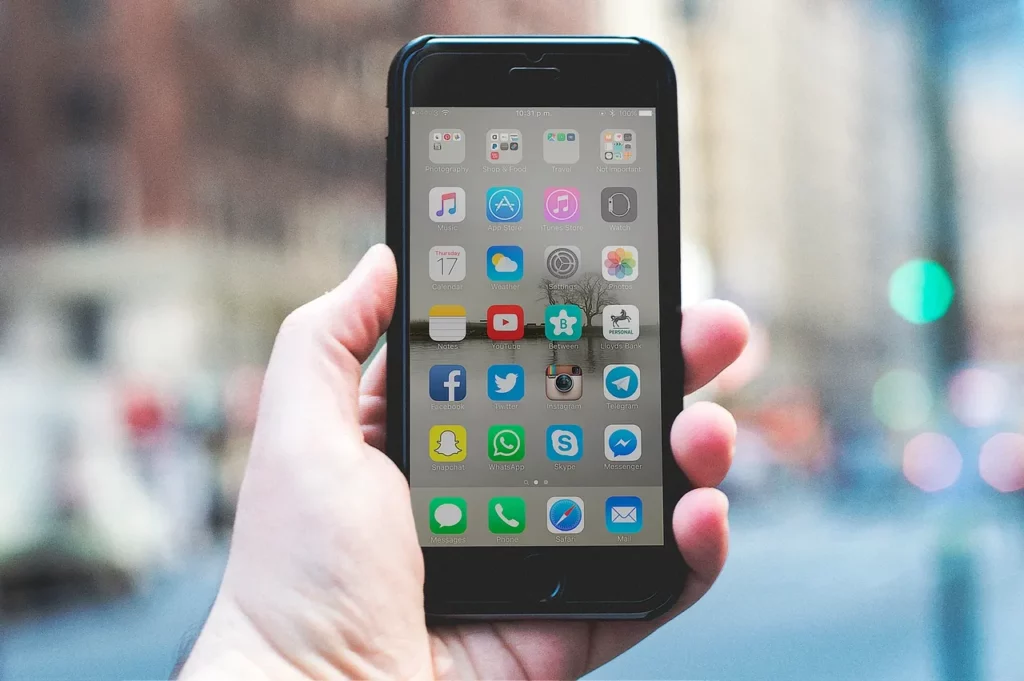Viral marketing is a strategy that relies on audiences to spread messages about products or services. This form of word-of-mouth is amplified exponentially through internet sharing, resulting in quick exposure for a brand. Here, we break down the key lessons from several successful viral marketing campaigns.
1. Dove’s Real Beauty Sketches
In an industry often criticized for promoting unrealistic beauty standards, Dove launched the ‘Real Beauty Sketches’ campaign, where a forensic artist drew two sketches of the same woman – one based on her own perception and the other based on a stranger’s perception. The campaign resonated emotionally with women across the globe.
Lesson: Campaigns that spark an emotional reaction, spread a positive message, or challenge societal norms have a higher chance of going viral.
2. ALS Ice Bucket Challenge
The ALS Association managed to raise $115 million in the U.S. alone with their Ice Bucket Challenge – a campaign requiring participants to dump a bucket of ice water over their heads or make a donation to ALS research. The campaign became a global sensation due to its social nature and the cause behind it.
Lesson: Viral campaigns often involve a strong cause, and engage audiences through interactive challenges or user-generated content.
3. AirBnB’s ‘Live There’ Campaign
AirBnB’s ‘Live There’ campaign showcased authentic travel experiences that went beyond generic tourist packages. The campaign showcased local cultures and experiences, resonating with travellers seeking unique experiences.
Lesson: Viral campaigns that appeal to a niche audience, showcasing authenticity and uniqueness, can help a brand stand out from the competition.
4. Old Spice’s ‘Man Your Man Could Smell Like’ Campaign
Old Spice refreshed its dated image with this campaign featuring a charismatic spokesperson and humorous scenarios. The creative, unexpected, and entertaining content generated significant engagement and conversation online.
Lesson: Humour can be a powerful tool in viral marketing. Creating entertaining content that surprises the audience can lead to extensive online sharing.
5. GoPro’s Hero Camera User-Generated Content
GoPro’s strategy to showcase user-generated content taken by their product, rather than creating traditional advertisements, worked exceptionally well for the brand. Realistic, thrilling footage from happy GoPro users was not only more authentic but also amplified the product’s capabilities.
Lesson: User-generated content can often be more relatable and convincing than brand-produced content. Encouraging your audience to create and share content can foster a sense of community and trust.
In conclusion, successful viral marketing campaigns often connect with viewers on an emotional level, provide a sense of authenticity, challenge perceptions, leverage humour, or capitalize on user-generated content. When these elements are combined with a deep understanding of the target audience and creativity, viral campaigns can significantly increase a brand’s visibility and enhance engagement.
